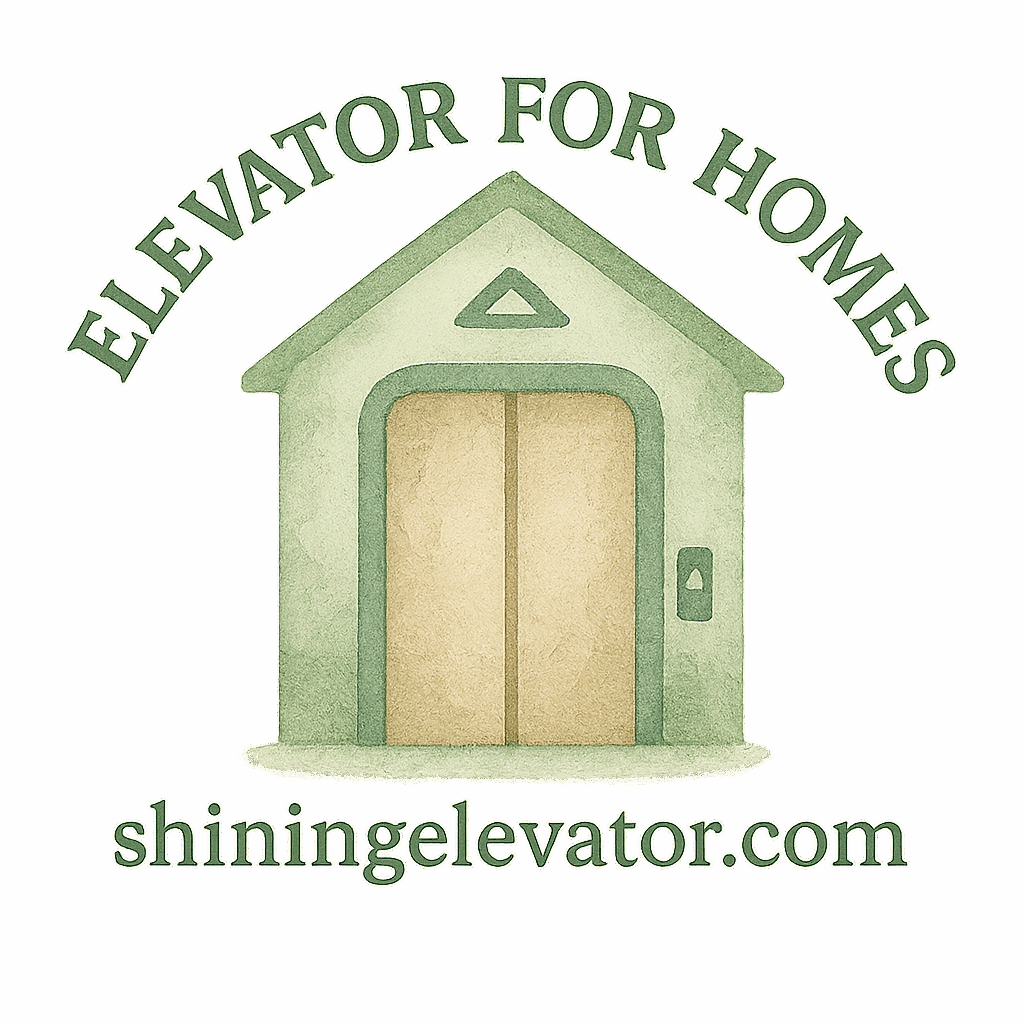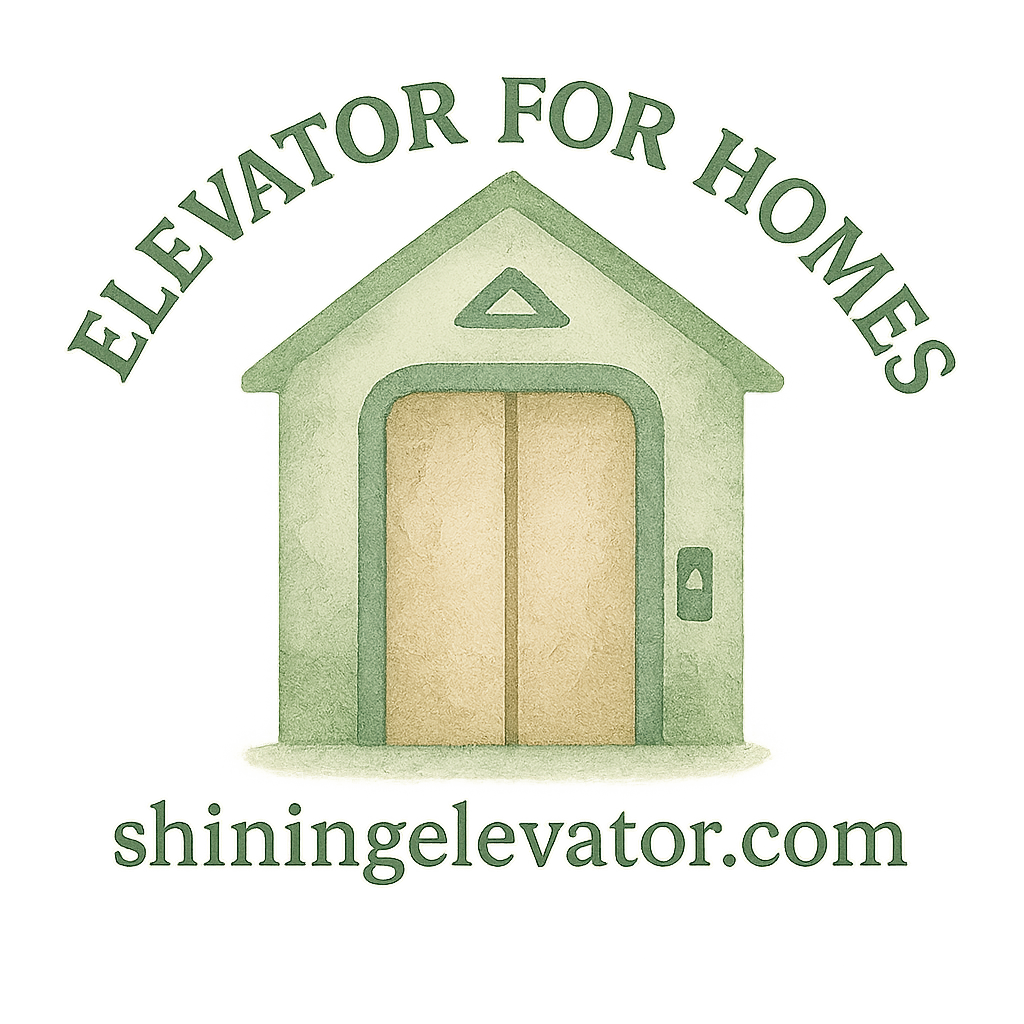Adding an elevator to your home might sound like a luxury reserved for high-end mansions, but guess what? Residential elevators have become more affordable, space-efficient, and practical—especially for those planning for accessibility and aging in place. Let’s dive into 10 budget-friendly elevator options for residential homes that won’t wreck your renovation budget.
Why Consider a Residential Elevator?
Installing an elevator in your home isn’t just about convenience—though it certainly offers that. It’s also about future-proofing your living space and boosting your home’s value.
Aging in Place with Dignity
Planning to stay in your home for the long haul? A residential lift can be a game-changer. It supports safe movement between floors, especially for the elderly. Learn more about elevator options for aging in place and how they can transform senior living.
Boosting Accessibility Without Renovating Everything
A home elevator offers a more elegant and less invasive solution than installing stairlifts or doing major home remodeling. Discover how home accessibility can be achieved affordably.
Key Factors That Impact Elevator Cost
Before we get into the list, let’s take a quick look at what actually influences the price tag of a residential elevator.
Type of Elevator
Some systems are inherently more affordable due to fewer moving parts or simpler design. For a breakdown, explore elevator types and features.
Home Size and Layout
Compact homes may require custom or space-saving lift solutions, which can either increase or reduce costs depending on the setup.
Customization vs. Standard Features
Sure, a luxurious finish looks amazing—but that gold trim adds up! For ideas that balance aesthetics and cost, visit design customization.
Installation and Maintenance Rates
Installation complexity and ongoing maintenance are critical budget items. Check out installation and maintenance options to manage costs effectively.
10 Budget-Friendly Elevator Options for Residential Homes
Let’s jump into the top picks for affordable residential elevators.
1. Shaftless Elevators
Ideal for Small Homes
Shaftless models require minimal space and are perfect for two-story homes. They’re less costly because they skip the bulky shaft construction.
Simple Installation
With fewer structural changes, the labor and materials cost is lower. Great for anyone looking to prepare their home on a budget.
2. Pneumatic Vacuum Elevators
Low Energy Consumption
These futuristic-looking tubes use air pressure to glide between floors. They use minimal electricity, making them energy-efficient and affordable long term.
Minimal Structural Impact
No pit, no machine room—less work means less money. It’s an ideal choice for anyone curious about compact elevator solutions.
3. Cable-Driven Elevators
Classic Design on a Budget
These traditional elevators use a counterweight system and are widely available, often at a lower cost compared to hydraulic systems.
Reliable and Easy to Maintain
Maintenance is straightforward, and many elevator companies offer affordable service packages.

4. Hydraulic Elevators
Smooth Ride at a Moderate Price
If you want a balance between comfort and cost, hydraulic lifts are a solid middle ground.
Best for Multi-Story Homes
They can handle higher loads and multiple floors, making them ideal for families planning long-term.
5. Compact Elevators
Space-Saving and Cost-Efficient
Built for tight quarters, compact lifts can squeeze into areas like closets or corners—cutting down on installation costs.
Great for Urban Homes
This is one of the smartest small home elevator choices for city living.
6. Staircase Elevators
Economical Alternative
Often confused with stairlifts, these are more robust, elevator-like systems that follow your stairwell path.
Minimal Disruption
Installation is relatively quick, keeping labor costs low. A great choice for home planning on a budget.
7. Platform Lifts
Open and Practical Design
Not enclosed like traditional elevators, platform lifts work well for short vertical distances.
Good for Short Distances
Used for garage-to-house or entry-level lifts, these are simple, efficient, and cost-effective.
8. DIY Home Lift Kits
Affordable and Customizable
If you’re handy or working with a local contractor, a lift kit can cut costs by as much as 40%.
Great for Tech-Savvy Homeowners
It’s a customizable approach and allows you to plan the installation process step-by-step.
9. Reconditioned or Used Elevators
Significant Cost Savings
Much like buying a used car, reconditioned elevators offer serious savings without sacrificing functionality.
Eco-Friendly Option
It’s also a green choice—great for reducing elevator-related expenses.
10. Subscription or Rental Elevators
Monthly Budgeting Options
Some elevator providers now offer rental or lease options, allowing homeowners to budget monthly instead of paying upfront.
Flexible and Convenient
Ideal for temporary needs or short-term accessibility planning.
Tips for Choosing the Right Budget Elevator
Prioritize Safety First
Make sure your elevator meets all safety and accessibility regulations. Budget-friendly should never mean cutting corners on security.
Assess Maintenance Requirements
Look into ongoing maintenance budgets and warranties before committing to a type.
Plan Around Your Home’s Layout
Some elevators require pits, some don’t. Understanding your floor plan is key to minimizing unnecessary expenses.
Smart Budgeting and Planning for Elevator Installation
Strategize with professionals to optimize your budgeting and planning process. Many homeowners overlook permit fees, inspections, and post-installation adjustments.
Customization Without Breaking the Bank
You don’t have to compromise style for cost. Focus on elevator customization that adds value—like sleek finishes or integrated lighting—without luxury price tags.
Conclusion
You don’t need a millionaire’s budget to enjoy the convenience, safety, and accessibility that a home elevator provides. Whether you’re retrofitting a small space or planning new construction, there’s a solution that fits your needs and budget. From shaftless to platform lifts and everything in between, these 10 budget-friendly elevator options for residential homes prove that luxury and practicality can meet in the middle.
FAQs
1. What is the cheapest type of home elevator?
Shaftless and platform lifts tend to be the most affordable options due to minimal construction needs.
2. Can I install a residential elevator in an existing home?
Absolutely! Many residential elevator models are designed for retrofits.
3. How much space do I need for a home elevator?
Compact models can fit in as little as 20–25 square feet, ideal for small homes.
4. Are there elevator options for seniors?
Yes, many elevators are built with senior safety in mind, with features like non-slip flooring and emergency call systems.
5. Can I customize a budget elevator?
Yes! Many models offer interior design options to suit your home’s style.
6. What ongoing costs should I expect?
Plan for regular maintenance and occasional part replacements.
7. How do I choose a reliable elevator provider?
Check for certified elevator companies with strong customer reviews and transparent pricing.


